Describe the Structure of a Fat Cell
Fat cells are categorized in white fat cells and brown. A cells plasma membrane defines the cell.
Either A T C or G.
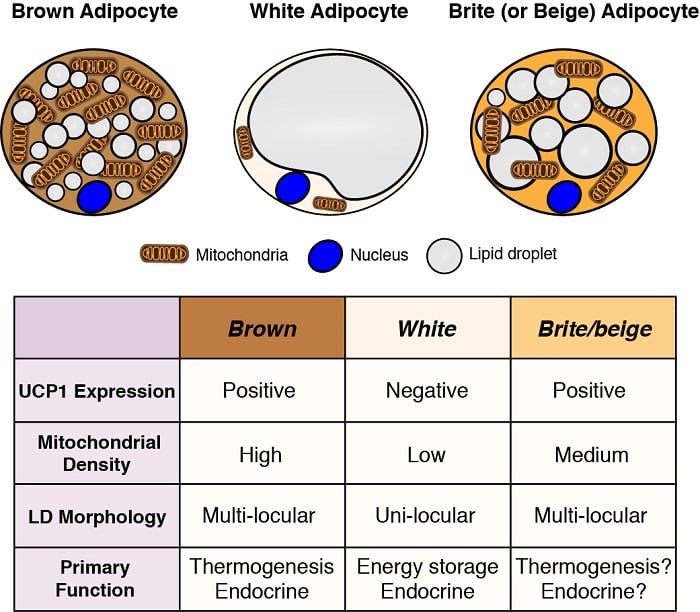
. Uezumi and colleagues identified a PDGFRα progenitor cell population distinct from satellite cells that can differentiate into adipose tissue in vivo under non-regenerating conditions. What makes difference on red blood cells to other types of cells of humans. -actin and -actin actin gene is highly conserved Diameter.
In this issue of Cell three studies confirm that SARS-CoV-2 Omicron strongly evades a key immune defenseneutralizing antibodies. Here we describe Drop-seq a strategy for quickly profiling thousands. Cell Shape coccobacilli - Some bacilli are so short and fat that they look like cocci and are referred to as coccobacilli.
Each phospholipid is made up of two fatty acids a phosphate group and a glycerol molecule. 135 Interestingly these cells were observed more in perimysium than endomysium consistent with the idea that fat accumulation in disease is generally localized to the. Fat distribution changes as our bodies mature and age.
The main function is to control what goes in and out of the cell. Men tend to accumulate fat in different areas neck arms lower back and. Organelles are the functional structures contained inside the cell.
Because it is a fat only some things that are very tiny like water and oxygen pass through this part. Single-cell genomics can characterize. However while one- or two-dose vaccine regimens fail to induce anti-Omicron neutralizing antibodies a homologous third-dose booster rescues neutralization function in a way that highlights the adaptability of immune memory.
Describe blood cells and give their proper functions. A phospholipid is a type of lipid molecule that is the main component of the cell membraneLipids are molecules that include fats waxes and some vitamins among others. A small number of species even have tetrahedral or cuboidal shapes.
Fat-soluble drugs and hormones also gain easy entry into cells and are readily transported into the bodys tissues and organs. Plasma Membrane Components and Structure. Single-cell genomics can characterize cell identity and function but limitations of ease and scale have prevented its broad application.
When fat cells have accumulated in such abundance that they crowd out or replace cellular and fibrous elements the accumulation is termed adipose tissue. G-actin actin is single most abundant protein in most cells muscle cell. According to the IUPAC International Union of Pure and Applied Chemistry and IUBMB International Union of Biochemistry and Molecular Biology retinoids are compounds containing four isoprene units with a head-to-tail structure Retinol retinoic aldehyde and retinoic acid belong to retinoids with a non-aromatic fragment of β-ionone in their molecule.
It is made of a double layer of lipids fats imbedded with odd-looking protein molecules. When many phospholipids line up they form a double layer that is. The structure of DNA is dynamic along its length being capable of coiling into tight loops and other shapes.
Differentiate the functions of cell part Be able to describe these characteristics of cellular transport. These cells can grow up to 100 microns and usually contain once centrally located vacuole of lipid - the cytoplasm forms a circular ring around this vacuole and the nucleus is compressed and displaced to the side. Basic Cell Parts Involved in Mitosis Cell membrane.
More recently bacteria were discovered deep under the Earths crust that grow as long rods with a star-shaped cross-section. Describe the layers of the skin and the functions of each. DNA is a long polymer made from repeating units called nucleotides each of which is usually symbolized by a single letter.
In all species it is composed of two helical chains bound to each other by hydrogen bonds. 8 nm Assembly of Mfs spontaneous assembly of G-actin monomers into F-actins possible addition of actin monomers to bith ends of the growing filament accompanied with hydrolysis of ATP. Mention their differences 5.
Insulin glucagon leptin and others as well as genetic factors. Every single species is composed of cells including both single celled and multicellular organismsApart from providing shape and structure to an organism the cell performs different functions in order to keep the entire system activeSo the functional structures called organelles inside the cell are. Prokaryotes include bacteria and archaea two of the three domains of lifeProkaryotic cells were the first form of life on Earth characterized by having vital biological processes including cell signalingThey are simpler and smaller than eukaryotic cells and lack a nucleus and other membrane-bound organellesThe DNA of a prokaryotic cell consists of a single circular.
Cells the basic units of biological structure and function vary broadly in type and state. A keratinocyte is a cell that manufactures and stores the protein keratin. Cell wall structure 2191 Primary cell wall Cellulose is known to be the main chemical components of the.

Adipose Tissue What Is It Location Function And More Osmosis
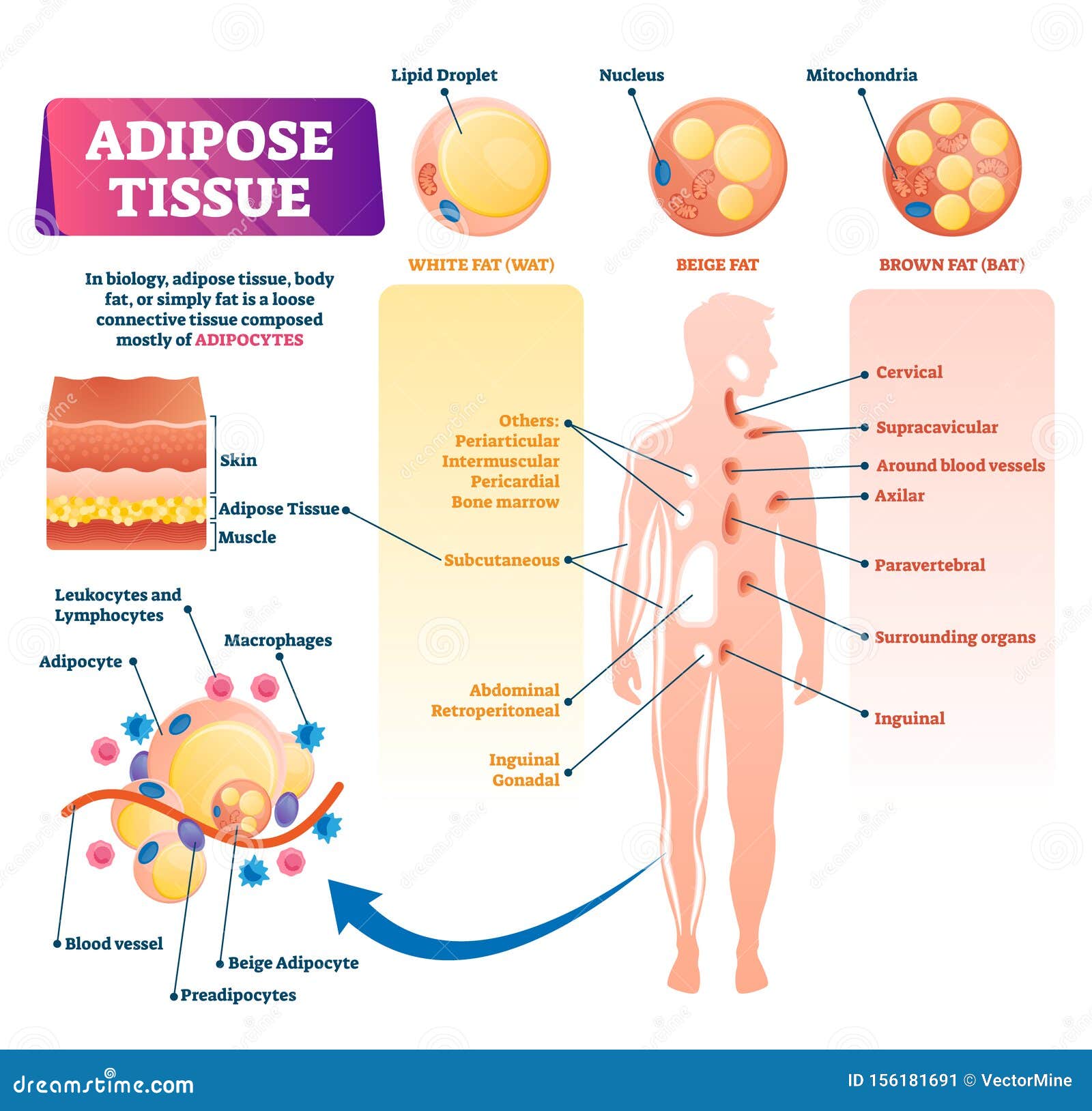
Visceral Fat Stock Illustrations 64 Visceral Fat Stock Illustrations Vectors Clipart Dreamstime

Visceral Fat Stock Illustrations 64 Visceral Fat Stock Illustrations Vectors Clipart Dreamstime
What Is The Difference Between White And Brown Fat Cells Quora
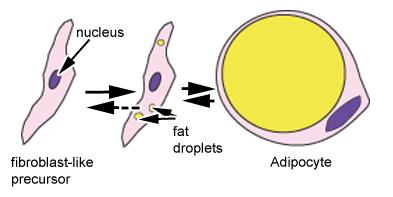
Connective Tissue The Histology Guide
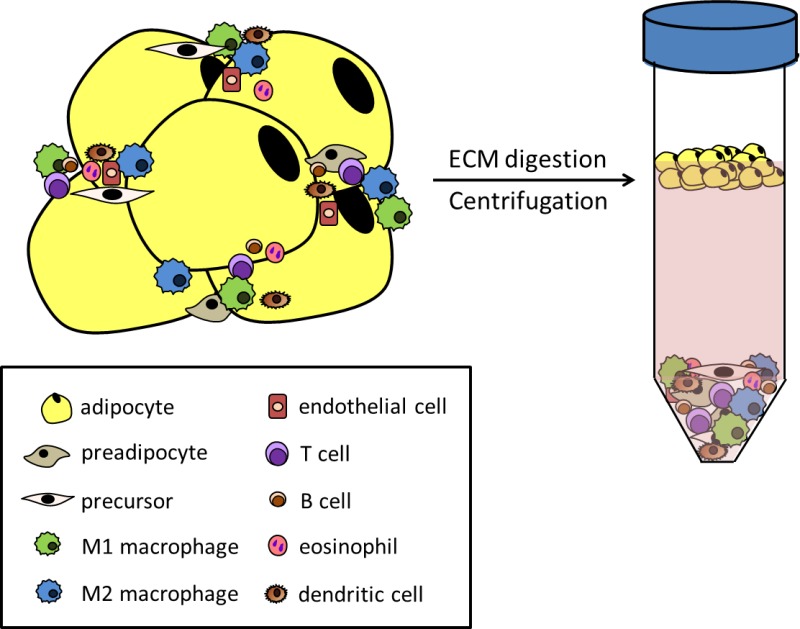
Adipose Tissue Physiology To Metabolic Dysfunction Endotext Ncbi Bookshelf

Fat Cells The Definitive Guide Biology Dictionary

Adipose Tissue An Overview Sciencedirect Topics

Adipose Tissue Physiology To Metabolic Dysfunction Endotext Ncbi Bookshelf

Adipose Tissue The Definitive Guide Biology Dictionary

Adipose Tissue An Overview Sciencedirect Topics

Fat Cells The Definitive Guide Biology Dictionary

Lipids Definition Structure And Functions Fatty Acids

Adipose Tissue Physiology To Metabolic Dysfunction Endotext Ncbi Bookshelf

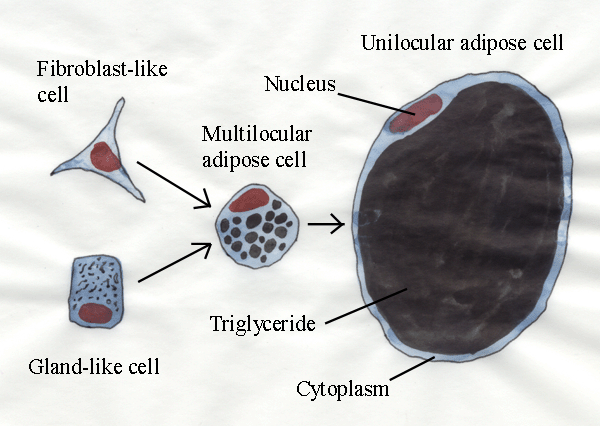
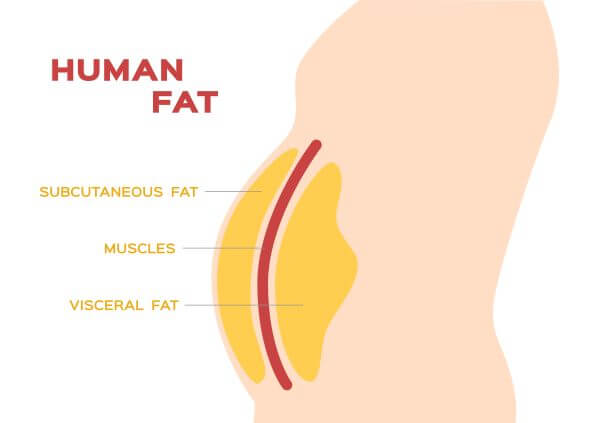

Comments
Post a Comment